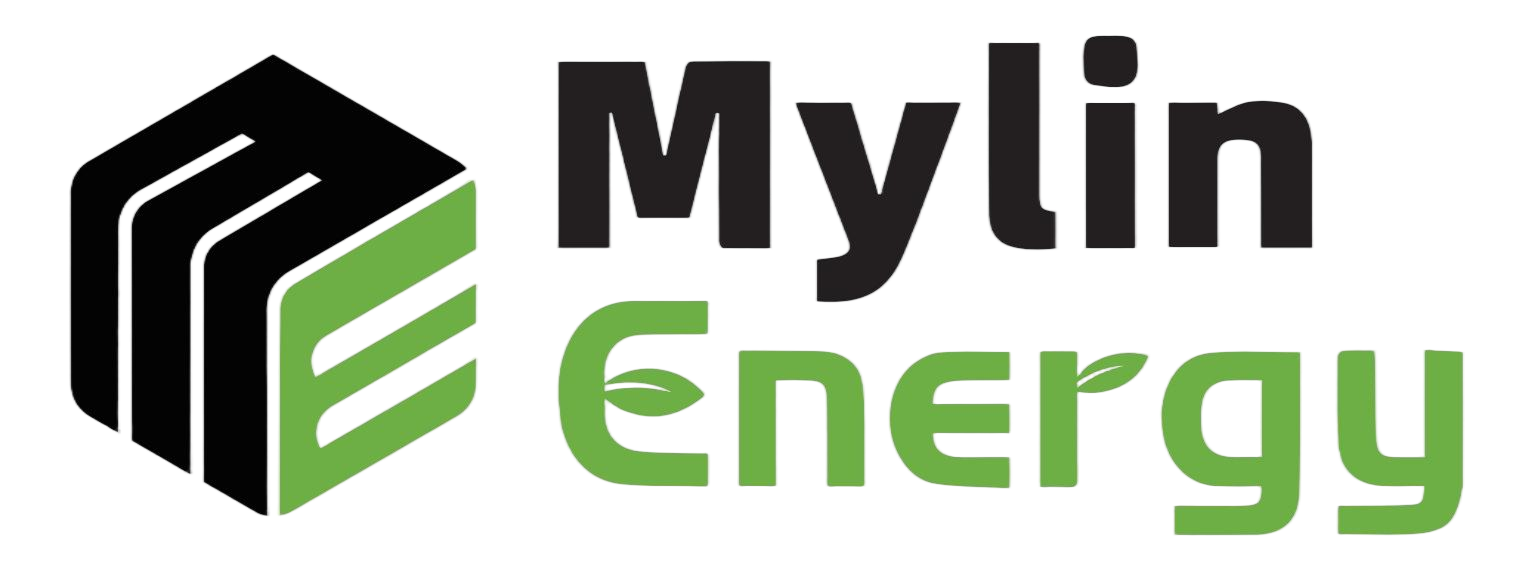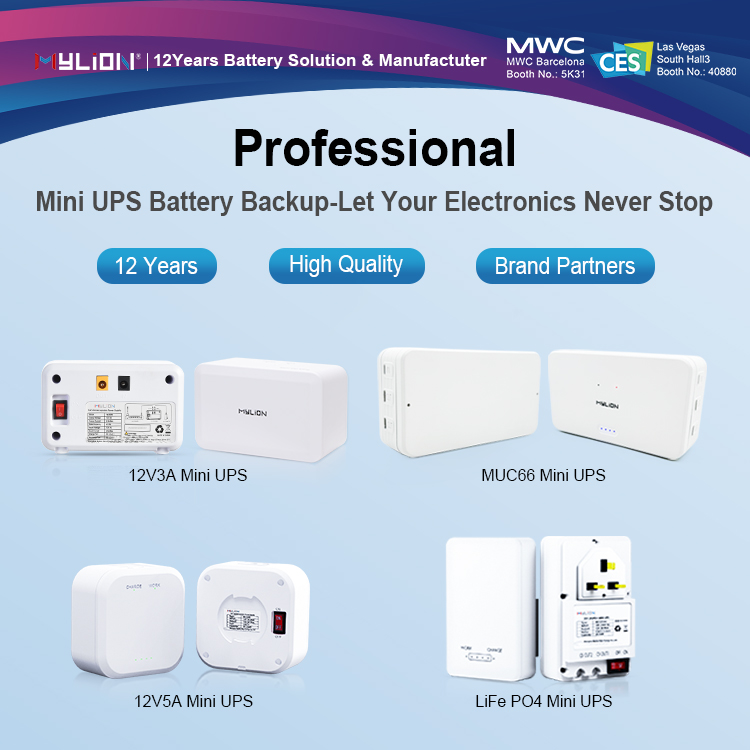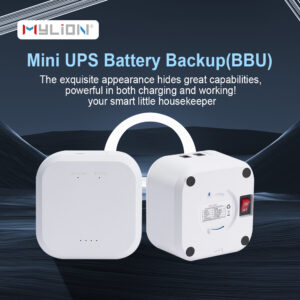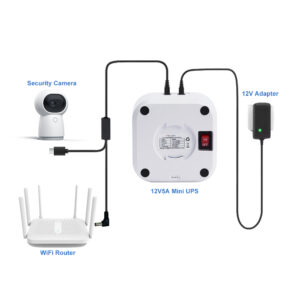With the growing demand for reliable uninterruptible power systems, especially in smart homes, offices, and critical infrastructure, Mini UPS (Uninterruptible Power Supply) has become a vital solution. One standout feature that significantly enhances the usability and convenience of Mini UPS systems is the LED power indicator light. This simple yet effective design element plays a key role in helping users easily monitor battery status, ensuring a seamless experience without the risk of unexpected power outages.
In this article, we will explore how LED power indicators in Mini UPS systems enhance user convenience, giving users a clearer picture of battery health and more efficient management of backup power needs.

Importance of Power Indicators in Mini UPS Systems
Mini UPS provide backup power to small electronic devices, including routers, security cameras, and other smart devices. When a power outage occurs, the Mini UPS ensures that these devices continue to operate without interruption. Given the critical role these systems play in residential and commercial settings, users need to be able to quickly and accurately assess the status of the Mini UPS battery.
LED power indicators provide a simple and efficient solution to this need. Unlike traditional methods that rely on complex displays or external monitoring tools, the LED design provides instant, at-a-glance feedback on the Mini UPS power level. This enables users to make informed decisions about when to charge or replace batteries, preventing unexpected downtime.
Basic Functions of Mini UPS LED Power Indicator Lights
LED power indicators usually consist of a series of colored lights, each representing a different battery charge or condition. Most Mini UPS systems use a combination of red, yellow, and green LEDs to communicate various battery states:
Green Light: When the LED indicator light is green, it indicates that the Mini UPS is fully charged or operating at optimal conditions, which means that no immediate action is required by the user. This visual cue assures users that their system is ready to provide backup power when necessary.
Yellow or Amber Light: A yellow or amber light usually indicates that the Mini UPS is at a medium battery charge. It is a warning that the battery is running low and should be charged as soon as possible. This early notification helps users plan charging or replacing batteries to avoid unexpected power outages.
Red Light: A red LED usually indicates that the Mini UPS is critically low on power or has encountered an error. At this point, the user should take immediate action to charge the device or check the system for any problems that may prevent it from operating normally.
This color-coded LED indicator light system provides an intuitive and user-friendly way to understand the power status of the Mini UPS, allowing users to take necessary actions without accessing more complex systems.

Benefits of LED Power Indicators in Mini UPS
Integrating LED power indicators into Mini UPS systems offers many advantages, especially in terms of ease of use, maintenance, and proactive power management.
1.Instant Feedback from Users
One of the main benefits of LED power indicators is the ability to provide instant feedback. Users no longer need to rely on more complex methods, such as checking battery charge or connecting external monitoring tools. The LED light provides an instant visual cue, ensuring that users can easily and quickly assess the status of the Mini UPS.
For example, when working in an office or smart home environment, where constant connectivity is essential, users can easily monitor the status of the Mini UPS at a glance. If the LED displays a green light, they can rest assured that their devices will remain powered. If the LED turns yellow or red, they know it’s time to take action.
2.User-friendly Design and Operation
LED indicators are intuitive and easy to understand, making them ideal for users with less technical knowledge. Whether the Mini UPS is being used by non-experts in a home environment or by employees with limited technical expertise in a business environment, the simplicity of LED indicators ensures that everyone can effectively manage the system.
In addition, LED indicators generally require very little maintenance. Unlike digital displays that can fail or require updating, the reliability of LED lights provides users with a worry-free experience. This enhances the overall user experience and reduces the risk of operational disruptions.
3.Active Battery Management
One of the main benefits of an LED power indicator is that it allows users to actively manage the battery life of their Mini UPS. By regularly monitoring the LED light, users can avoid the pitfalls of sudden power outages. For example, when the Mini UPS displays a yellow or red light, it alerts users that the battery needs to be charged or replaced, preventing downtime or power outages in emergency situations.
In a smart home, where numerous connected devices may rely on the Mini UPS for continuous operation, this early warning system helps ensure that all devices remain powered and operational. Similarly, in an office environment, where productivity can be severely impacted by power outages, the ability to actively manage backup power can prevent costly downtime.
4.Cost-Effective Solution
By integrating LED power indicators into the design of Mini UPS systems, manufacturers are able to provide a highly cost-effective solution. LED technology is inexpensive and energy-efficient, making it an ideal choice for providing real-time feedback without increasing the overall cost of the system. This provides a more affordable product for the end consumer while still providing high-quality, reliable performance.
As mini UPS systems are increasingly used in a wide range of applications from home offices to commercial settings, maintaining an affordable price point without sacrificing functionality is a key factor for consumers. The inclusion of an LED power indicator allows manufacturers to meet this demand while enhancing the overall user experience.

Advanced Features and Customization of LED Indicators in Mini UPS
While standard color-coded LED systems provide important power information, many modern Mini UPS systems offer more advanced features that further enhance the user experience and convenience. These features may include:
Multiple indicator zones: Some mini UPS systems are designed with multiple LED or indicator zones to display not only overall battery status, but also specific information about different components. For example, the system may have separate indicators to indicate input power status, battery condition, and output load, giving users a more detailed understanding of the system’s performance.
Flashing LED indicators: In some advanced models, LED indicators may flash in different patterns to indicate specific issues or needs. For example, a flashing red light may indicate a system error or a problem with the charging process, prompting the user to take immediate action.
App integration: Some mini UPS systems allow users to connect their devices to a smartphone app where they can track more detailed power metrics, including charge cycles, battery health, and performance history. While LED indicators provide immediate, real-time feedback, app integration allows users to track long-term power trends, making it easier to manage battery maintenance and replacements.
Smart Notifications: Combined with app integration, many modern Mini UPS systems offer smart notifications that alert the user to changes in power status. These notifications can be sent to a phone or computer when the Mini UPS reaches a certain charge level, the battery is fully charged, or the system encounters an error.
Ensure Optimal Performance and Lifespan with LED Indicators
Regularly monitoring the status of your Mini UPS system using LED indicators is essential to maintaining its optimal performance and lifespan. By keeping tabs on the health and charge level of the battery, users can ensure their Mini UPS system is always ready to provide backup power when needed.
To maximize the life of a Mini UPS battery, users should avoid letting it drain completely or remain at a low charge for long periods of time. LED power indicators provide a clear signal when the battery is close to draining, helping users keep track of the situation so they can recharge it in a timely manner.
In addition, routine checks of the LED indicators can help identify potential problems early, such as charging issues or battery failures, which can be addressed in time to avoid system failures.

Conclusion
The LED power indicator in mini UPS systems significantly improves user convenience by providing clear, easy-to-understand feedback on battery status. This simple yet effective feature allows users to monitor their system at a glance, ensuring critical devices remain powered during power outages. Mini UPS with LED power indicator combines efficiency, simplicity, and reliability to provide a user-friendly solution to the growing demand for uninterruptible power in smart homes, offices, and more.
As more consumers and businesses adopt mini UPS systems to ensure seamless operation of connected devices, the importance of intuitive, real-time battery monitoring will only continue to grow. LED power indicators will continue to be a core feature of this evolution, providing users with peace of mind in an increasingly connected world.





